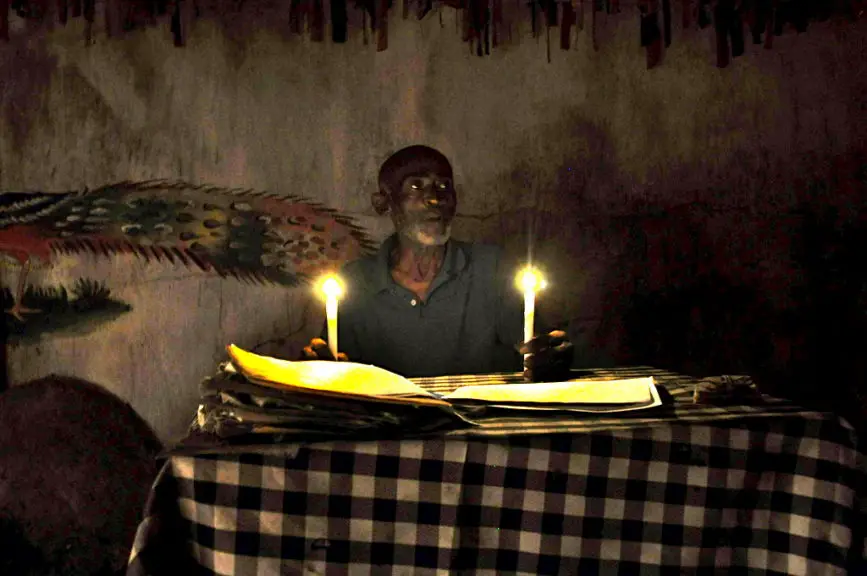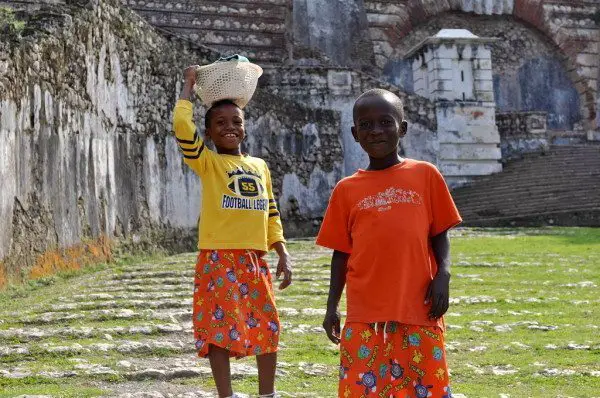 Destination Guide: Cap-Haitien, Haiti
Destination Guide: Cap-Haitien, Haiti
Haiti is not your typical vacation destination and probably for good reason, just don’t let that stop you from going. Haiti is a beautiful country and the people are wonderful. Haiti could be like it’s neighbor, the Dominican Republic, but they have had a very difficult past since gaining their independence in 1804. Haiti shares it’s shorelines with the DR but there are very few people enjoying the beaches. When over 300,000 people died in the earthquake of 2010 Haiti was flooded with misguided funding and aid workers. Haiti needs tourists and they will welcome you with open arms.
Cap-Haitien was largely untouched by the earthquake in terms of damage to the city but that doesn’t mean it wasn’t effected. Many newly orphaned kids and families moved to the Northeast part of the country to restart their life. All of the Haitians were effected by the quake even if the damage isn’t visible in Cap-Haitien. If you include PAP in your journey to Haiti you will see it is still in the clean up stages and thousands of people have no home. Unless you are purely going to Haiti to volunteer I would head to Cap-Haitien before going to Port-Au-Prince.
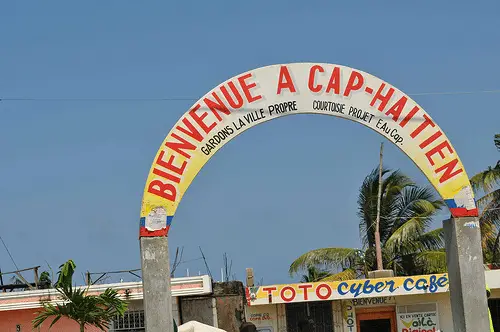
Where to Stay: Cap-Haitien, Haiti
First of all, when you are researching hotel options user reviews tend to be all over the place. Many people are expecting way too much from their hotel that may be still recovering from the devastating earthquake. A perfect example is this is the Mont Joli in Cap-Haiten.
The reviews on TripAdvisor range from 2/5 to 5/5 which I feel is a bit unfair. I have stayed at this hotel and its wonderful. Just know the best way to make decisions about Haiti is talking to someone who has been there before and not someone looking for a perfect Caribbean vacation. And as usual read reviews carefully especially on TripAdvisor. The power does cut out at least once a day in the hotel but that is not unique to the Mont Joli. That is going to happen wherever you are in Haiti and they have back up generators for long term outages. It is a normal part of living in Haiti.
Best Option in Cap-Haitien: Mont Joli
Price: $100-150/night
This was surprisingly high to me but they can get away with charging it since so many aid workers stay there. Even in smaller towns I stayed in I paid around $90 a night after negotiating down from $160. They are smart and when they see an American they will try to maximize sales from it and you can’t blame them since this is not a place where tourism is strong. I did not have a problem paying more than I wanted to but I still negotiated for a fair price.
Restaurant: Great and about $8-15 for a meal and $2 for a beer and $1 for a bottled water.
The Rooms
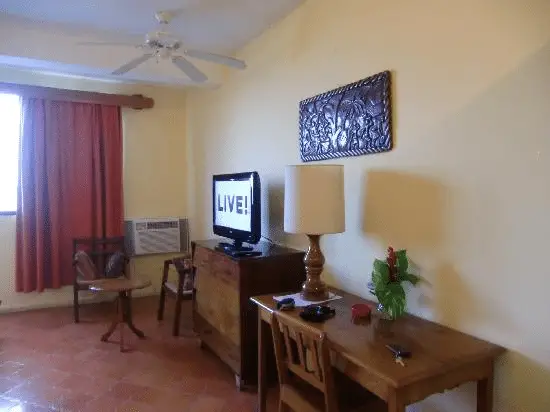
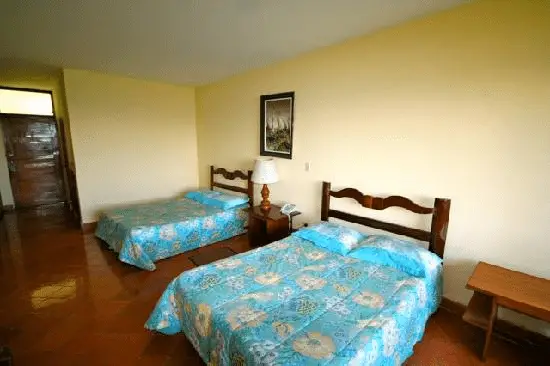
The Pool
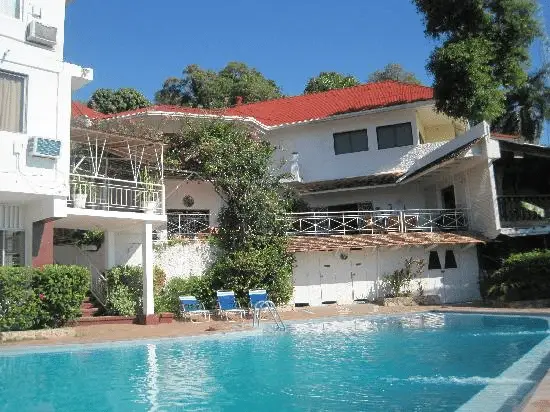
The View
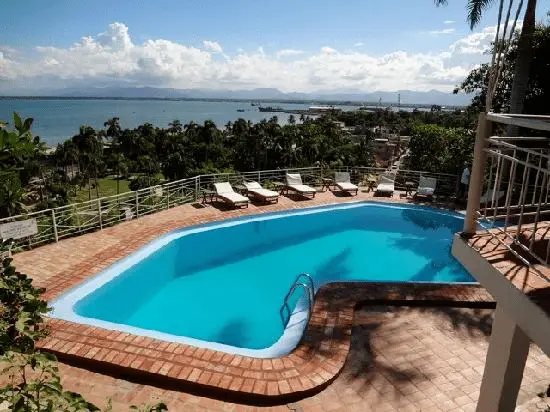
The Bar
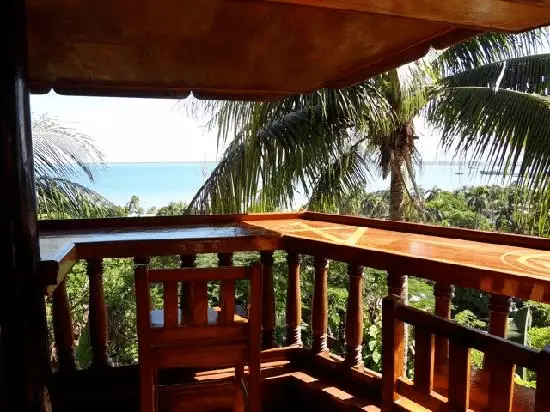
Source: TripAdvisor
As you can see Haiti is beautiful but you may ask why go to Haiti at all?
What to do in Cap-Haitien
Volunteering is a great way to do something different on a trip. There are a lot of ways to volunteer in Haiti. You may think if you aren’t an aid worker, doctor, or nurse you could not possibly help out but that is not the case. Visit a local orphanage or school and spend the day just playing with the kids. They love visitors and will probably not let you leave.
Here I am hanging out at Danita’s Children. It is about an hour from Cap-Haiten and there are many places to visit around town as well.
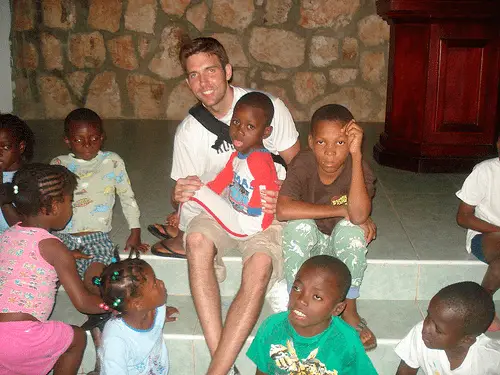
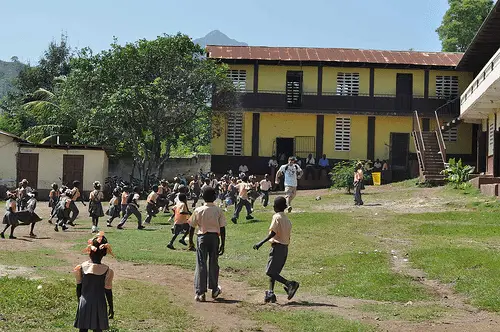
My friend Jordan playing with the kids in Lambert, Haiti (about 30 mins outside the city)
The kids really love visitors and if you would simply like to spend your whole vacation helping out you would not regret it one bit.
The Citadelle
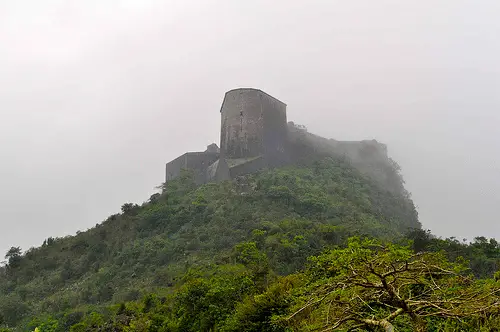
Just outside of Cap-Haitien in Milot is the Citadelle. It is the largest fortress in the Americas and an amazing site when you get to the top. Tours can easily be arranged from the hotel and if you need a guide just email me and I can set you up with some awesome guys. The Citadelle was built by over 200,000 workers between 1805-1820 to get newly independent Haiti safe from the French. It houses hundreds of canons and piles of cannon balls. It is easily one of the most amazing things I have seen and we we the only people there. Haiti is starving for tourism and you won’t find any even in this amazing place.
Keep in mind it is a pretty long hike to the top and there is no water stops along the way. There will be people selling goods and drinks at the bottom and again at the top but be sure to bring some for the hike. There is also the option of riding a horse to the top which I did not take but you may want to give it a shot. Also, be mindful of your belongings at the bottom of the Citadelle. You might get mobbed by people selling various things.
When you get the top you will notice nobody is in charge of this place. You are free to roam. There was a fake lock on one of the doors our guide reached around to “unlock” to let us in. This keeps away people who show up on their own and makes the guide necessary to get it. Again, the guide was well worth the price since he was very knowledgeable about the history of the Citadelle.
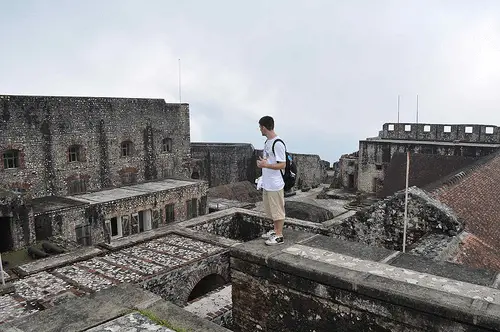
The Cannons
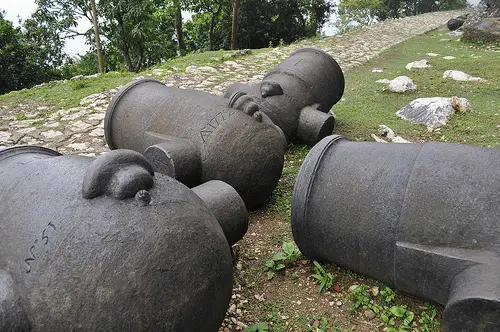
The Cannon Balls
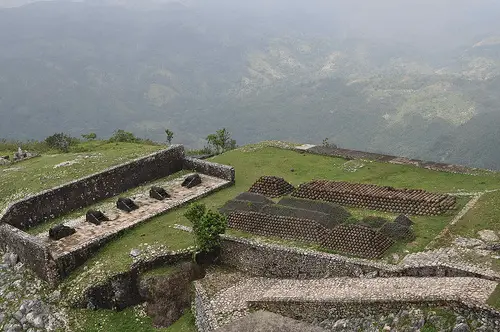
Sans Souci Palace
On your way to the Citadelle be sure to stop at Sans Souci palace. It was actually partially destroyed by an earthquake in 1842. It was the residence of King Henri Christophe, who also had the Citadelle built.
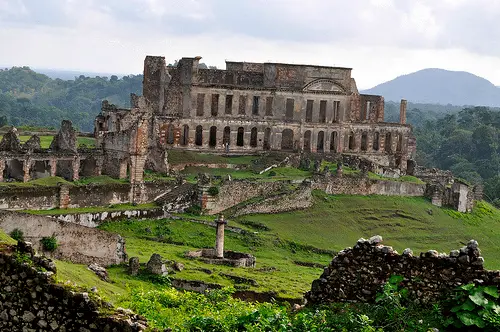
The Beach
If you want an entire Caribbean beach to yourself head to Labadi Beach. Do not go to where the cruise ships stop, head further down the coast. Getting there can be an adventure but as with everything in Haiti just hire a guide.
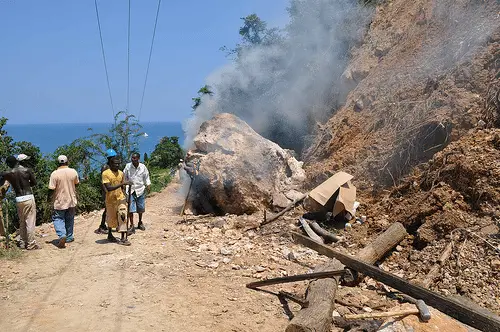
Just a slight road block on the way but we sneaked by on the left and managed not to fall off the cliff.
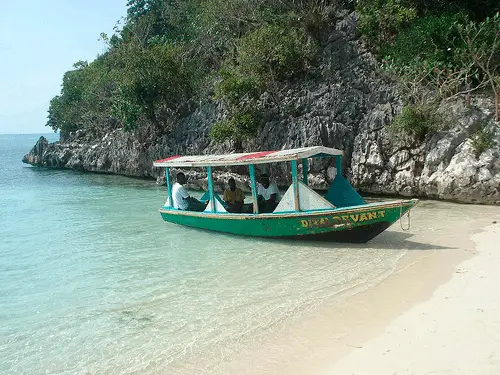
This is your transportation to the beach
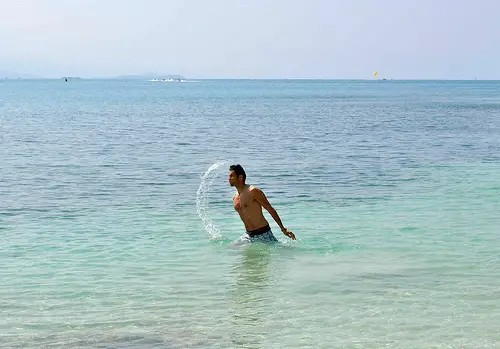
Me doing my best impression of Guile from Street Fighter (sonic boom)in the waters of Labadi
Voodoo Doctor
Voodoo is a large part of the Haitian culture. Read Serpent and the Rainbow before you head to Haiti and read Wade Davis’ true story about discovering the secrets of the Voodoo culture and Zombies (not the undead kind). This was truly awesome experience and all it took was a little bit of asking. The Voodoo Doctor was excited to show us his compound since he does not get a lot of tourists.
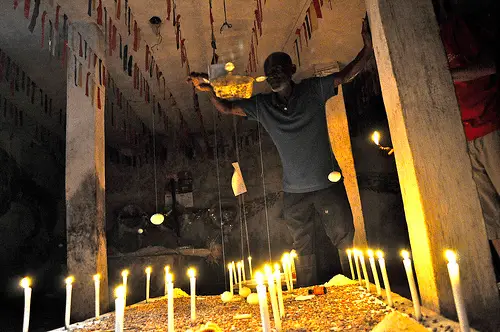
Lisma the Doctor
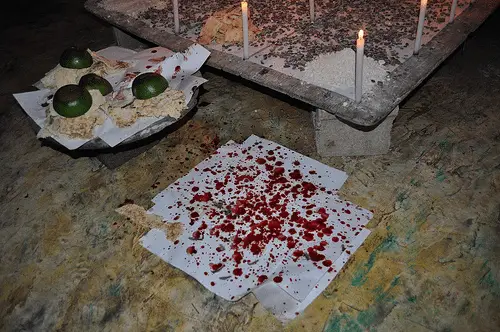
The sacrifices
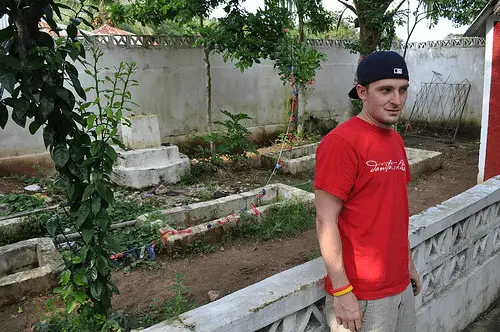
My friend, Jordan, just a little shocked out by the 27 open tombs on his compound.
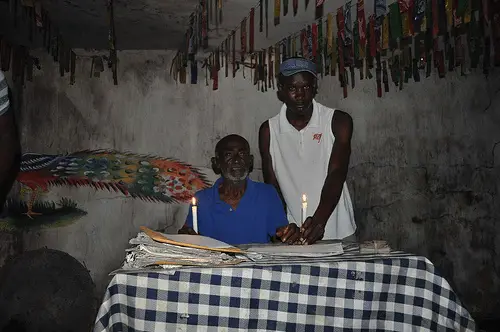
Lisma, the doctor and his apprentice
Visiting Lisma was just 30 mins from town and an amazing experience. He and his 27 kids were excited to share their lives with us. I highly recommend this experience.
The Language: Haitian Creole is spoken in Haiti. French is an official language and taught in schools but many kids do not finish school or never really learn the language. Many expect the Haitians will also speak French and while they may share some similar sounds or words they are very different languages. All Haitians will speak Creole and many guides will speak very good English as well but do not expect to hear much French if any. In boarder towns such as Ouanaminthe (the land entry point from the DR) some will speak Spanish as well but that is a little more rare.
The Food: Food is not something everyone has daily in Haiti. That can make sitting down for a big meal feel wrong or awkward. But you have to keep in mind you are helping their economy. The Haitian run restaurants and hotels are great ways to help their country and you should be sure to enjoy yourself.
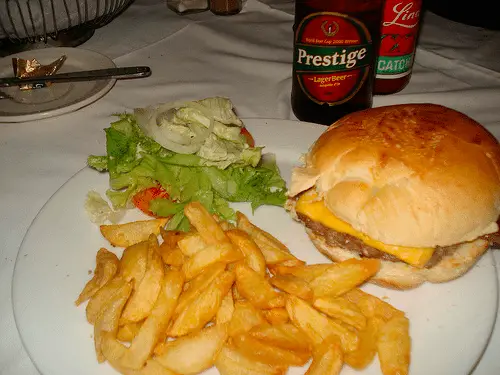
I ordered a cheeseburger since it was my birthday but Haitian food and drink is great.
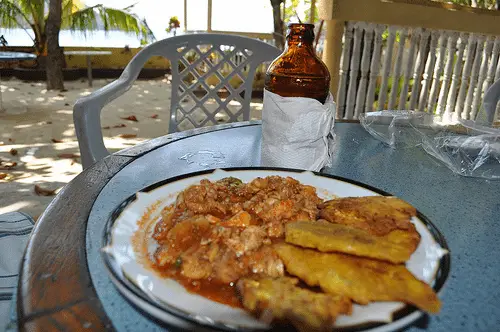
This is a little more Haitian. Seafood and fried plantains. Also good is goat with beans and rice which is similar to many other Caribbean nations.
Drink: Pictured above and below is Prestige beer which is one of my favorite beers and I still drink it here in the States. If you can find it give it a try. Their rum is also exported to the US and it is called Barbancourt. That is a little easier to find and just like many other Caribbean islands rum is big on the island.
Guides: Guides are a necessary part of travel in Haiti. Many places will not have visible street signs if any at all. If you are crossing into Haiti by foot from the Dominican you will be hounded by guides offering their services. It is all negotiable and it’s impossible to know who to trust. Luckily, the guy pictured below, Wislyn, turned out to be the best guide I could ask for. He has been my guide both times I have been to Haiti and he speaks 4 languages which is very handy. He asked for $20 for the day which is a lot for a Haitian to make where the average person makes $2 a day. However, how often does he really get to be a guide? Once a week or a few times a month? Either way I had no problem giving him $20/day. I was sure to pay for his food and drink and tip him well because he has really become a friend.
If you fly into Haiti ask your hotel for guide services so you can be sure you are getting someone who knows what they are doing. Always negotiate for your needs. They will vary greatly. Often in places such as the Citadelle you will have to pay an “entry” fee to a guide but this is not official. If you want to make your life easier just give them the money and move on but there is no real structure there.

My friend wisyln
Nightlife: I wouldn’t recommend Haiti for the nightlife but Haitians do like to dance. Just about a 10 minute walk from the Mont Joli is an outdoor bar/club on the water where you will find Haitians partying the night away. It was definitely fun to experience what that part of life is like in Haiti, although not many are able to enjoy this luxury. I went with my friend who is from Cap-Haitien who led the way.

Getting There
I have arrived in Haiti by foot and by air and left by bus so I think that covers the basics.
Option 1:
You can fly into Santo Domingo, Dominican Republic and take the bus to Cap-Haitien. It is a nice bus with AC but will take at least 6 hours. This is a good option if you want to split time in the DR and in Haiti. The bus is an easy way to get back and forth and cheap.
Option 2:
Fly into Cap-Haitien. This is sometimes a very pricey flight. If you have the time using the DR as an entry and exit point you may save some serious cash.
Option 3:
Depending on how much time you have you can fly into Port-au-Prince and either take a bus or short flight from there. Over land is not the quickest of ways since most of the roads are not great for travel. The 1-way flight to Cap-Haitien from PAP is around $100 and often flights into Haiti are a lot cheaper through PAP.
Overall Haiti has a lot of sites you would not expect to see and experiences you would never get anywhere else. There are many options on how to get there. I would recommend combining any vacation with some days giving back and this is especially true in Haiti.
If you want to see more pictures from my travels to Haiti check them out on Flickr.


